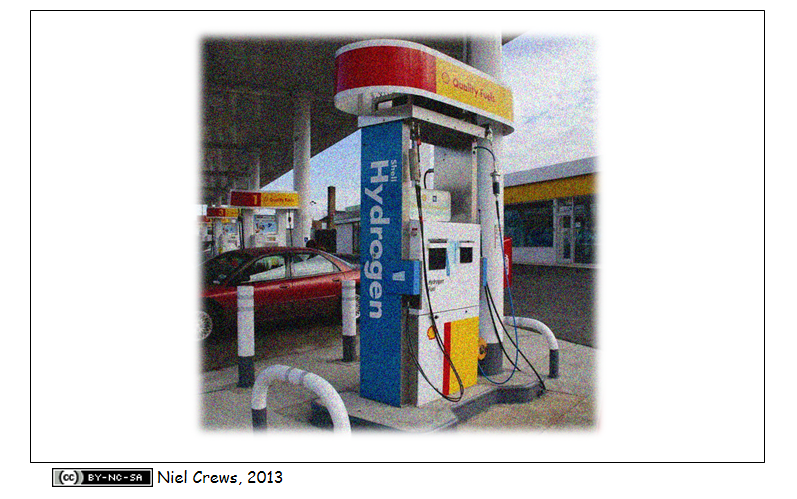
Within the next decade, hydrogen fuel cell technology may emerge as a popular engine alternative within the automotive industry. Hydrogen gas storage technology, which remains a key issue to public safety, is continuing to advance. However, recent research has shown that polymer tanks that are reinforced with carbon fiber can achieve operating pressures above 50 MPa. For this example, consider a hydrogen refueling station that (for safety reasons) dispenses hydrogen gas to vehicles at a constant 20 MPa. Your car has a 65 L fuel tank. When you pull up to the station, your tank is at a pressure of 200 kPa (absolute). You may assume that the temperature of the hydrogen supply (of the refueling station), as well as the initial temperature of your tank are both at 300 K.
(a) If you add a mere 30 grams of hydrogen into your tank, what is the temperature rise inside of your fuel tank?
K
(b) After that little bit of hydrogen is added, what is the new pressure within your tank?
kPa
(c) If instead of just adding a little fuel, you decide to fill up, how much hydrogen will fit in your tank? **Note: "Filling up" means you hold down the handle until no more fuel will flow into your tank. This happens when your tank pressure reaches the pressure of the hydrogen dispenser (20 MPa).
kg
(d) What is the temperature within your tank after the fillup?
K
You can earn partial credit on this problem.